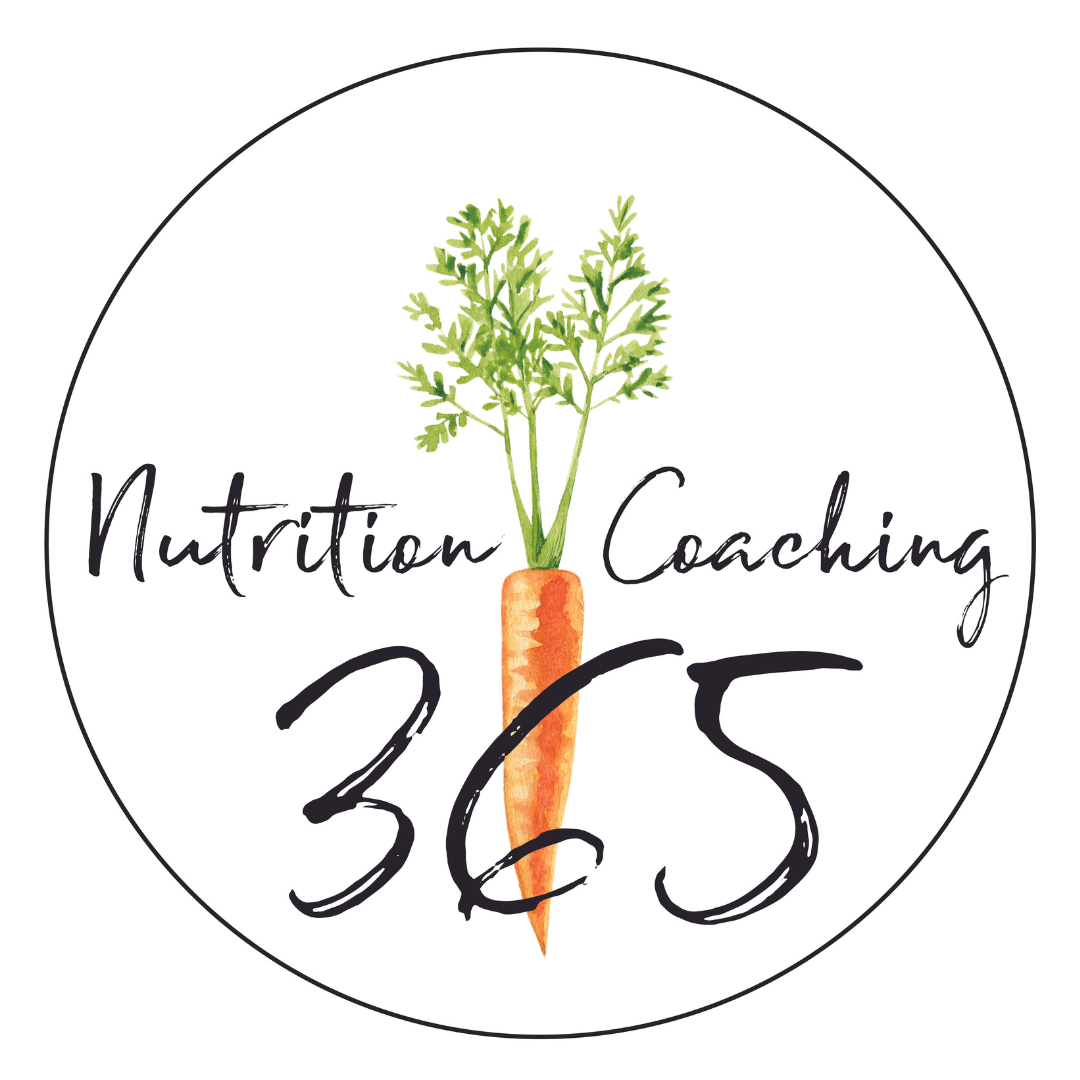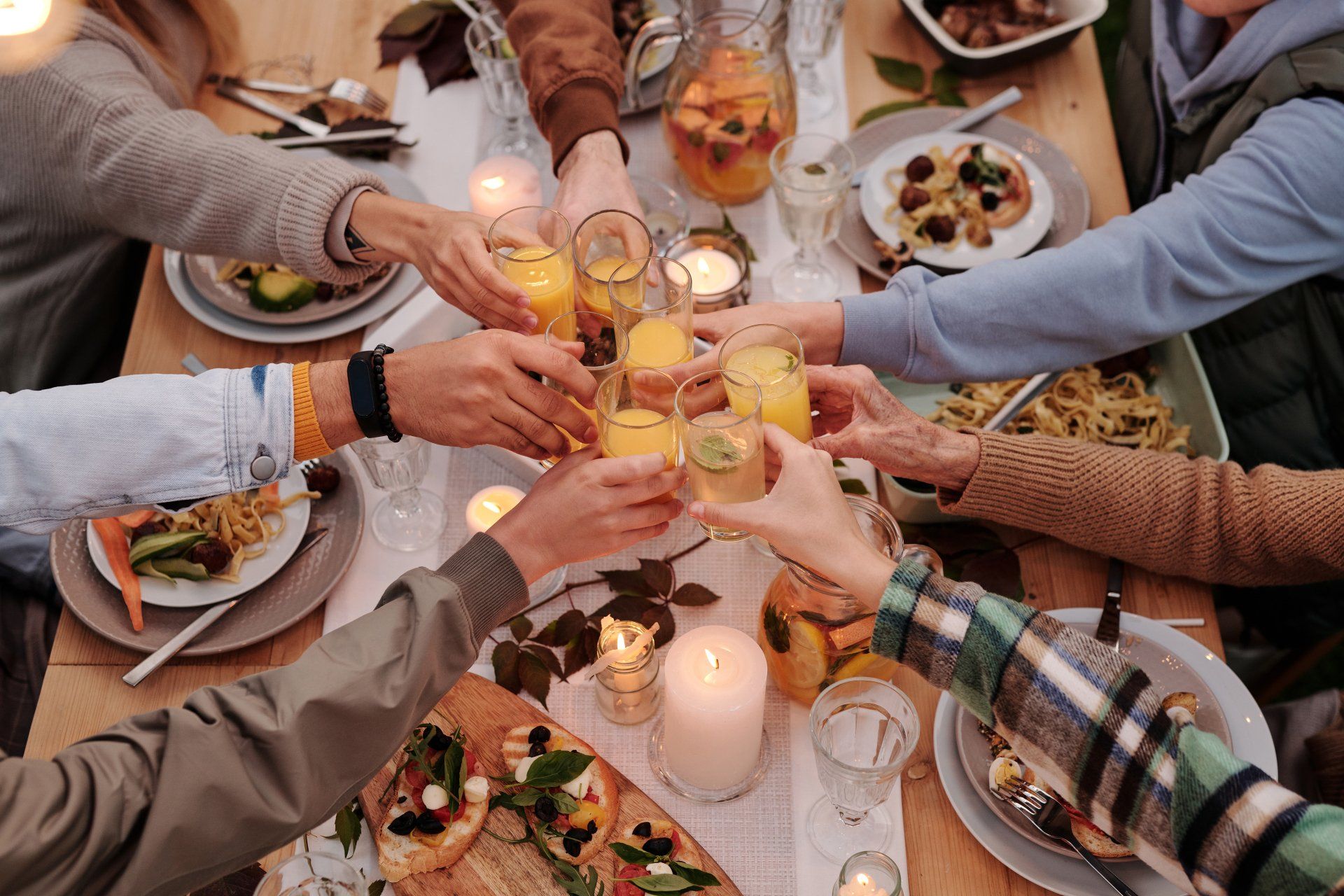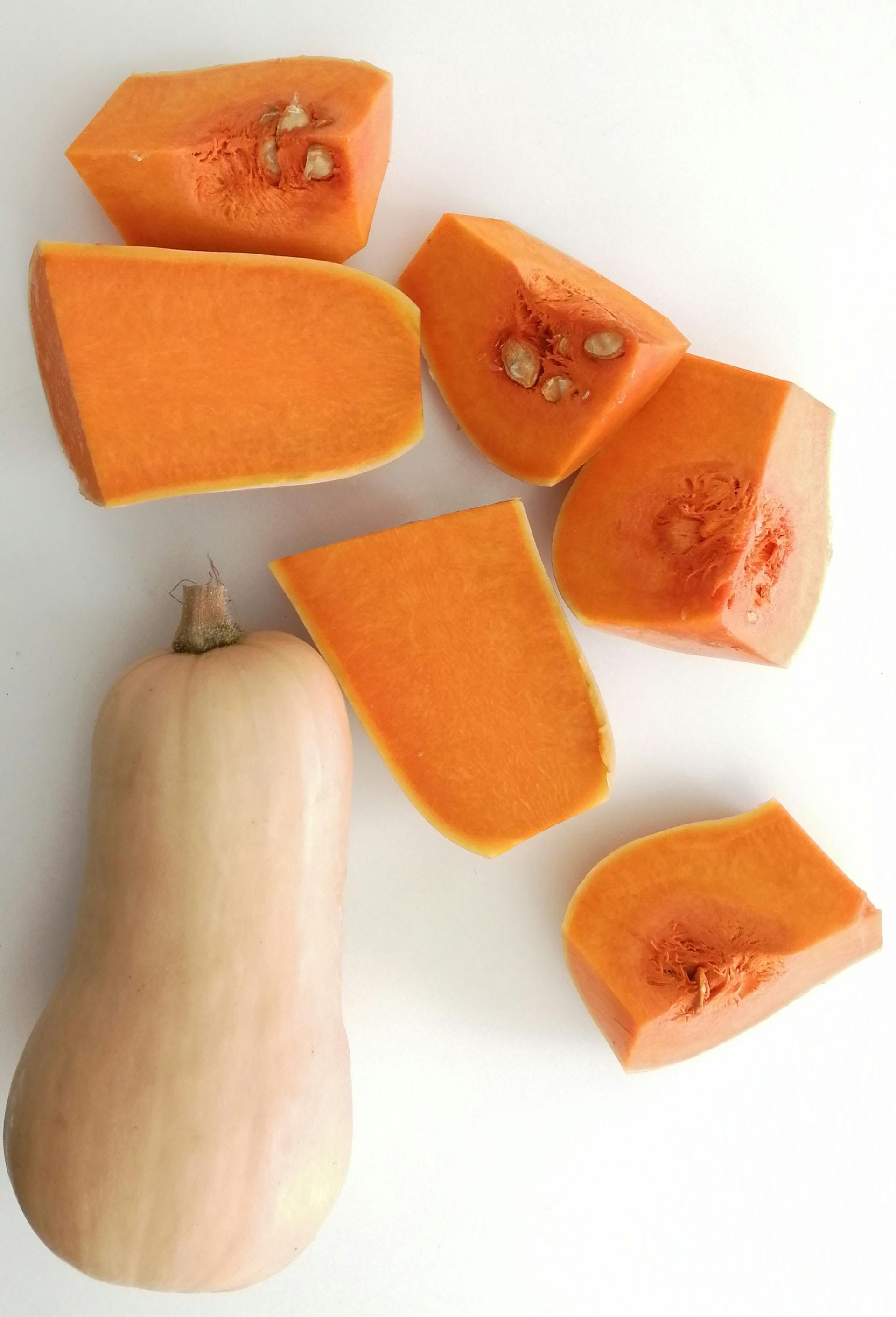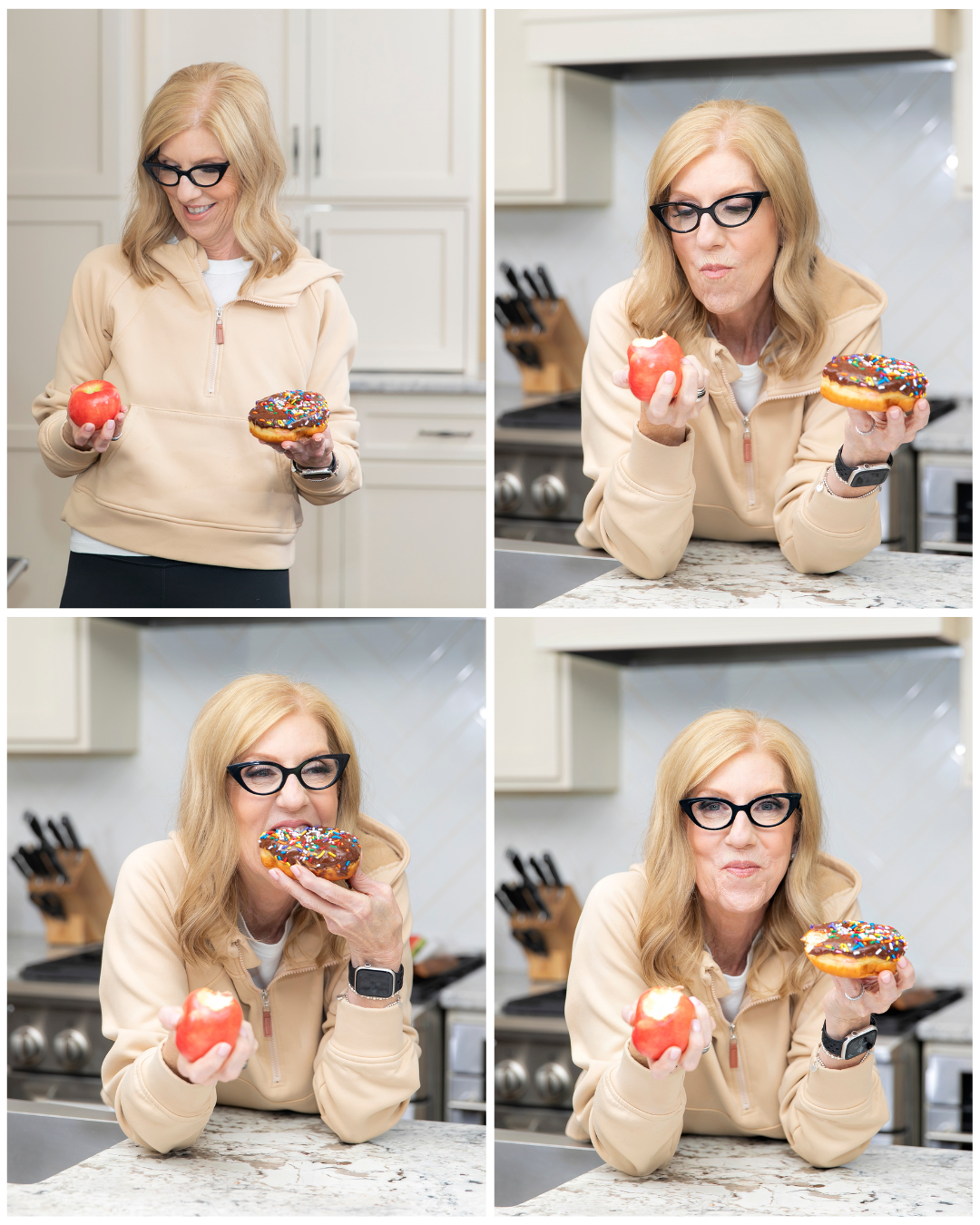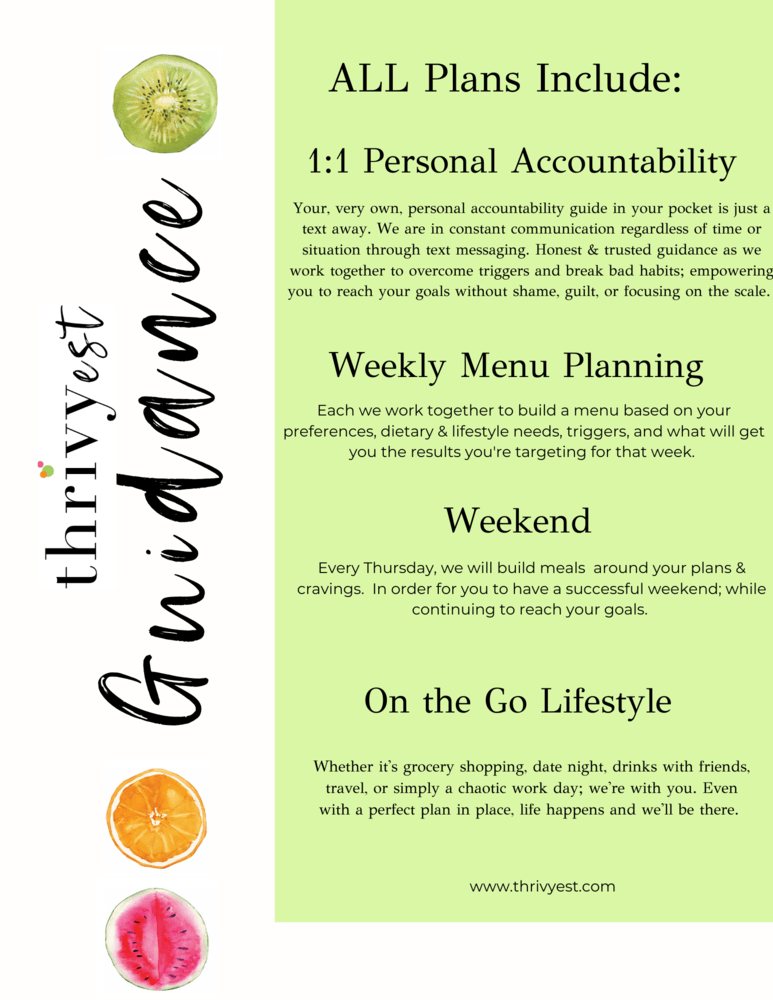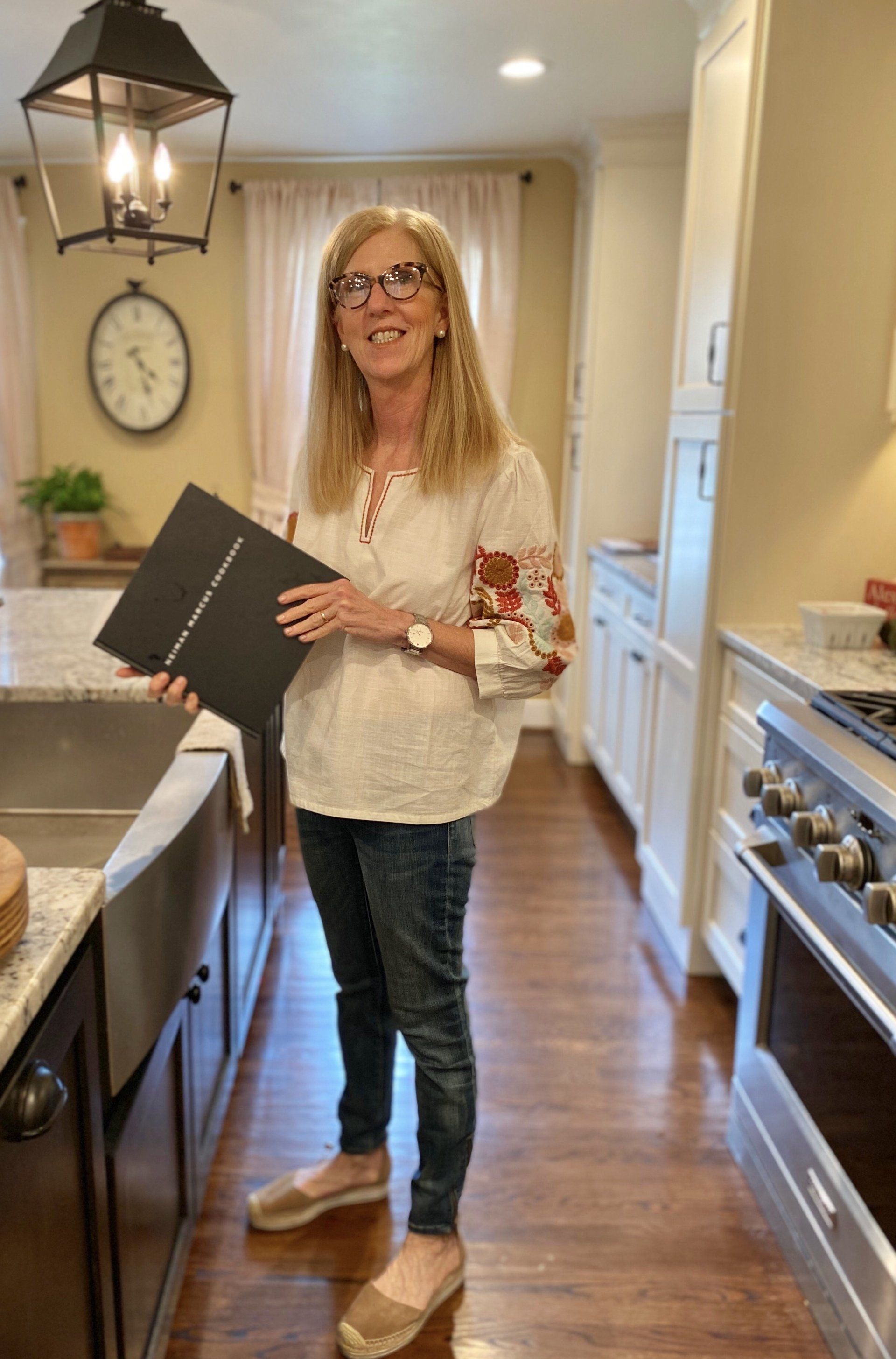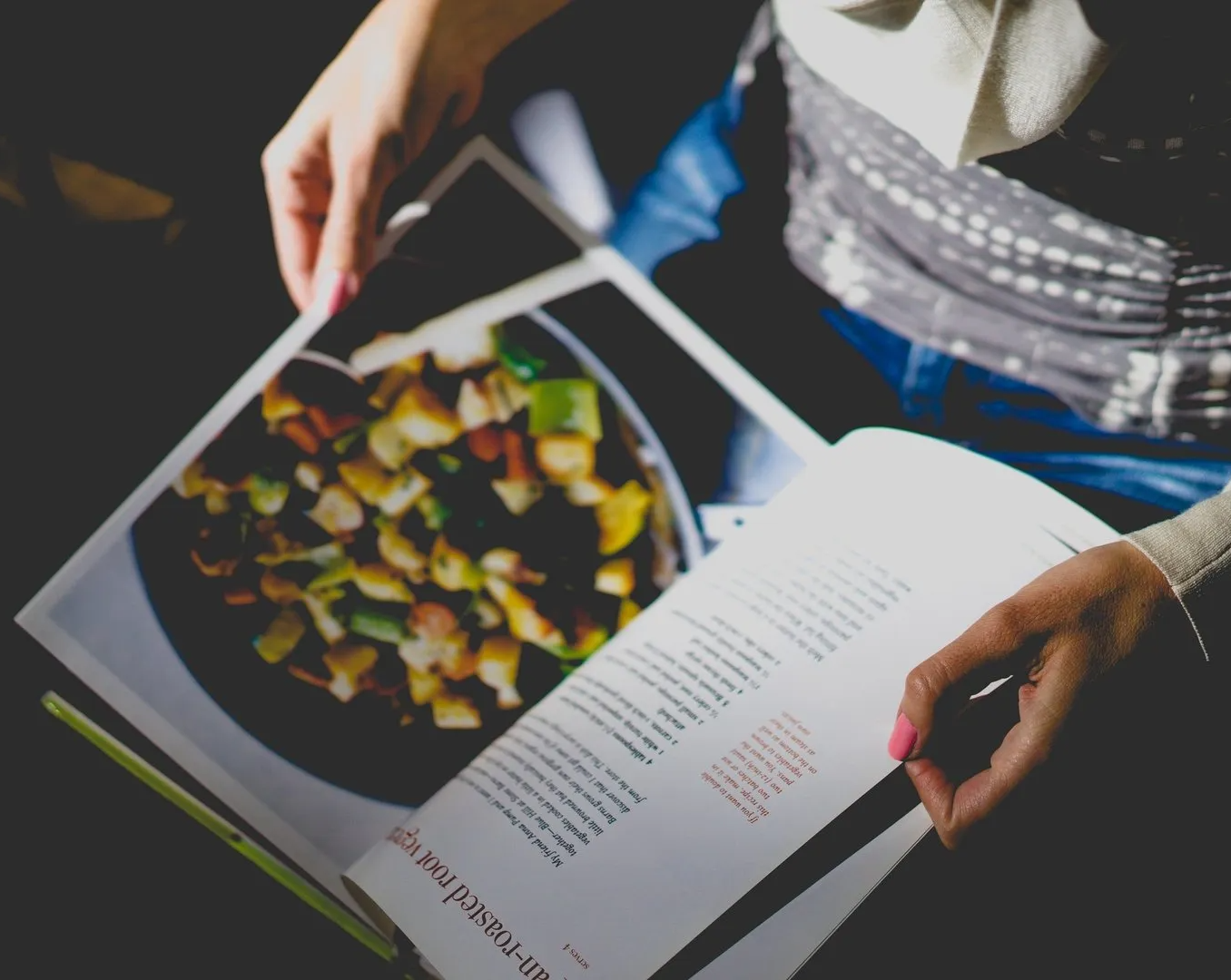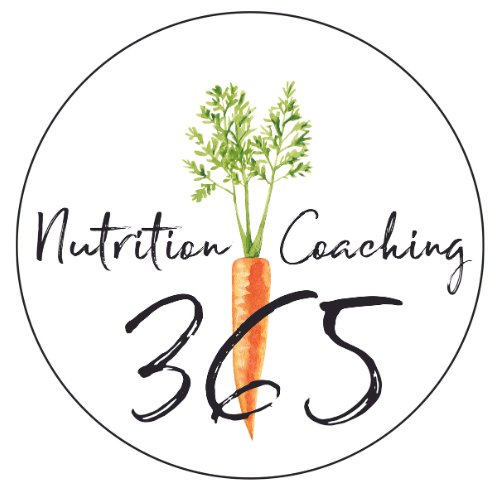Mastering Special Occasions vs. Social : Without Derailing Your Weight Loss Goals
Social vs. Special Occasions:
Navigating Food and Drink Without Losing Track of Your Goals
Social occasions are a regular part of our lives. They happen frequently, often twice per week on average, where you're with friends or colleagues in environments where food and drink are abundant. Whether it's at restaurants, bars, your friend's home, or your own home, these gatherings are a staple of our social lives.
Let's put this into perspective: if you have around 100 social events per year, how does this impact your goals?
On the other hand, special occasions occur far less frequently. These are the truly important events, like your birthday, your anniversary, Thanksgiving (if you celebrate it), Christmas Day (if you celebrate it), and other significant cultural or religious holidays where food is a central element.
Understanding Special Occasions
Most of us experience somewhere around 6-12 genuine special occasions per year. For simplicity, let's say you have 10 special occasions each year. On these days, it's completely reasonable to not worry about tracking your food intake, to enjoy the food and drink, and basically consume more calories than usual.
Given that these special occasions make up just 2.7% of the year, they are not significant enough to impact your overall progress. Even if you go all-out on those days, the infrequency of such events means they won't derail your long-term goals.
The Challenge of Social Occasions
Now, let's turn our attention to social occasions. Conservatively, let's say you have 100 social events each year. That's 27% of the year. Here's the issue: if you treat regular social occasions the same way you treat special occasions, you can’t expect to see the results you want.
When you add social events and special occasions together, you could be off track for about 30% of the year. This calculation assumes that you can get back on track with your regular habits the day after. If getting back on track is challenging, that 30% could easily bump up to 40%.
The Solution: Differentiating Social and Special Occasions
Here's a strategy to help you navigate these events without compromising your goals:
- Enjoy Special Occasions: Continue to fully enjoy your special occasions without guilt. These moments are rare and should be celebrated.
- Recognize Social Occasions: Understand that social occasions happen frequently and should be navigated differently than special occasions.
- Be Honest with Yourself: Determine whether an event is a social occasion or a special occasion. For example, if your friend is celebrating a promotion, it might be a special occasion for them but a social occasion for you.
- Plan for Social Occasions: Use strategies to manage your intake during social occasions. For instance, aim to maintain your calorie intake for the day by using a Total Daily Energy Expenditure (TDEE) calculator to estimate your calorie needs. Plan ahead by looking up the menu if you're dining out, and pre-track your chosen dishes and any drinks or desserts in a tracking app like MyFitnessPal.
Why This Matters
Learning to differentiate between social events and special occasions can be a game-changer. As we swing into the summer season, this distinction might just be what you need to avoid the common weight gain many experience between June and September.
By being mindful and strategic about how you approach social and special occasions, you can enjoy your time with friends and family while staying on track with your goals.
Remember, it's all about balance and making conscious choices that support your long-term health and happiness.
YOU ARE CAPABLE OF LIVING YOUR HEALTHIEST & HAPPIEST LIFE.
If you’re looking to create healthy habits to gain more energy, improve your sleep + shed a few pounds, you’ve landed in the right place.
Recent Posts
Meet Emily
I love encouraging + inspiring others to reach their healthiest lives through food, fitness + gratitude. As a holistic nutritionist + the founder of Thrivyest, I am passionate about creating habits to help you to live longer + thrive. To thrive in body, mind + soul through personalized, simple + practical steps ensuring you gain more energy, clarity + confidence! Let's connect!
